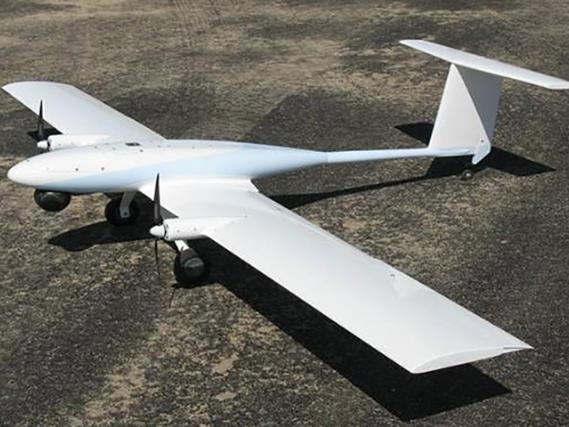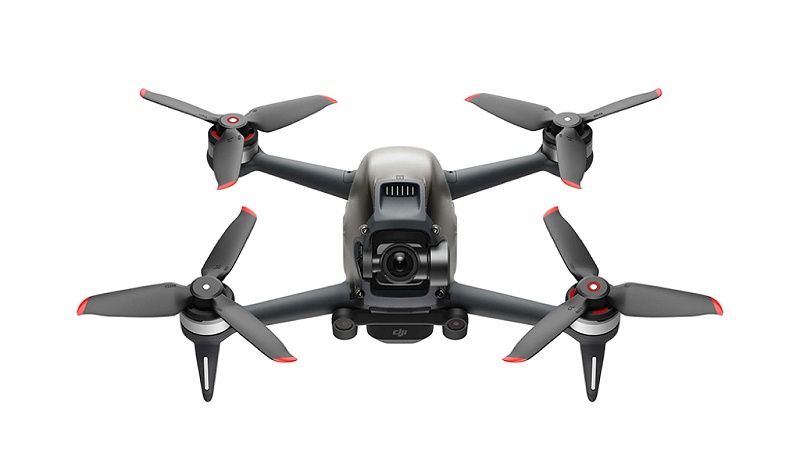Understanding Drones: Defining Unmanned Aerial Vehicles
A drone, in its most basic definition, is an unmanned aerial vehicle (UAV) that is remotely controlled or autonomously operated. These fascinating machines have rapidly evolved from mere toys to sophisticated devices used in various industries. The term “drone” typically refers to any aircraft that does not require a human pilot inside, and they come in various shapes, sizes, and functions, ranging from small hobbyist models to large-scale aircraft used for military operations.
Origins and Evolution
The concept of drones has been around since the early 20th century, initially used for military purposes. Their evolution over the years has seen them transform into valuable tools across different sectors, from agriculture to entertainment and logistics. The advancement of technology has allowed drones to perform complex tasks with precision and efficiency.
Applications of Drones
The versatility of drones is noteworthy. In agriculture, they are used for crop monitoring and spraying pesticides, reducing manual labor and increasing productivity. In the film industry, drones offer aerial shots and perspectives that were previously difficult or impossible to achieve with traditional methods. In logistics, companies like Amazon are exploring drone delivery systems to expedite shipping processes. Moreover, drones have become instrumental in rescue operations, conducting surveys in hazardous areas, and gathering data for research purposes.
How Drones Work
Understanding the mechanics behind drones involves exploring the components that make them fly and function. They are equipped with rotors that give lift, flight controllers for navigating and maintaining stability, and sensors for spatial awareness. Many drones come with cameras for video and photography, GPS systems for accurate positioning, and sophisticated software that allows for autonomous flight and operations. Drones typically operate on lithium-polymer batteries, which provide the power necessary for their diverse functions.
Legal and Ethical Considerations
As drones become more prevalent, so do concerns about privacy and airspace safety. Many countries have established regulations to govern the use of drones, requiring users to register their drones and adhere to specific guidelines, such as maintaining visual line-of-sight and avoiding flying over populated areas without permission. Ethical considerations also arise with drones, particularly in military applications and surveillance, where they can infringe on privacy rights.
Future Prospects
The future of drones appears promising, with continuous advancements in technology enhancing their capacities and applications. Innovations like AI integration, increased battery life, and improved materials promise to expand their usage further. Drones are expected to play a crucial role in smart cities, environmental monitoring, and even personal transportation.
FAQs
What is the difference between a UAV and a drone? While both terms are often used interchangeably, UAV specifically refers to unmanned aerial vehicles, whereas “drone” can refer to any remotely operated or autonomous vehicle, including those that travel on ground or water.
While both terms are often used interchangeably, UAV specifically refers to unmanned aerial vehicles, whereas “drone” can refer to any remotely operated or autonomous vehicle, including those that travel on ground or water.
Can drones be used indoors? Yes, drones can be used indoors, provided there’s enough space for safe operation. Many drones are equipped with sensors that help them navigate indoor environments without crashing.
Yes, drones can be used indoors, provided there’s enough space for safe operation. Many drones are equipped with sensors that help them navigate indoor environments without crashing.
How long can drones fly? The flight duration of a drone depends on its size, battery capacity, and the conditions under which it is flying. Most consumer drones typically have a flight time of 15 to 30 minutes before requiring a recharge.